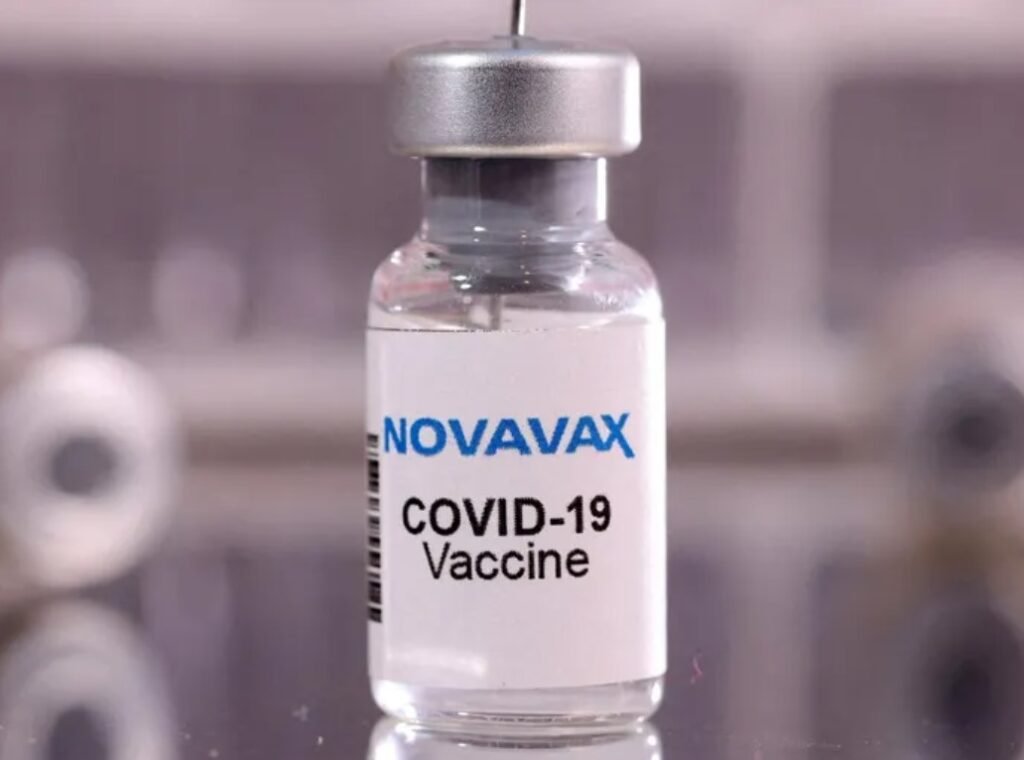The FDA has greenlit Novavax’s COVID-19 vaccine, but with important limits: it’s authorized for seniors 65 and older, and people aged 12 to 65 who have underlying health risks. This decision comes as the U.S. continues to manage the long shadow of the pandemic.
A New Tool in the COVID-19 Fight for Vulnerable Populations
The latest nod from the Food and Drug Administration for Novavax’s vaccine arrives more than two years into the pandemic, which has claimed over seven million lives globally. According to WHO data, the United States accounts for the highest death toll, with more than 1.2 million fatalities.
Novavax’s vaccine, distinct from the widely known mRNA options, uses a protein-based approach. Instead of instructing cells to produce parts of the virus, it delivers a spike protein combined with a Matrix-M adjuvant to kickstart the immune response. This difference has made it attractive to some who are wary of mRNA vaccines.
Yet, the approval is cautious. The FDA’s letter states the vaccine is for those 65+ or younger individuals with health conditions that heighten COVID-19 risks. This excludes many who have been eligible for mRNA vaccines without such restrictions.
The company’s April submission included Phase 3 clinical trial data. Novavax touted its vaccine as a “well-tolerated alternative” to mRNA shots, emphasizing safety and a different mechanism. The vaccine previously held emergency use authorization but now can be marketed more broadly in the U.S.

Political Undercurrents Shadow the Vaccine’s Debut
The approval also happens as Robert F. Kennedy Jr. steps in as Secretary of Health and Human Services, a figure known for his vocal skepticism about vaccines and medicinal treatments. His influence raises questions about how public health messaging and vaccine policies might evolve.
Critics have voiced concern about possible impacts on vaccine availability and public trust. Dr. Paul Offit, a leading vaccine expert, suggested that Kennedy’s approach could make vaccines “less available, more expensive, and more feared.”
This climate makes Novavax’s entrance a notable moment—not just scientifically, but politically.
What Experts Say About Novavax’s Place in Vaccination Strategies
There’s debate over the FDA’s cautious stance. Michael Lin, professor at Stanford, pointed out an oddity: the Novavax vaccine is limited to high-risk groups, despite its reportedly better safety profile compared to mRNA vaccines.
He tweeted that ideally, people would be able to self-declare their risk and get the vaccine without strict eligibility constraints. The conversation highlights tensions between safety, accessibility, and public confidence.
Novavax’s vaccine development dates back to 2020, and its protein-based technology is seen as a valuable complement to mRNA and viral vector vaccines.
Early Data Show Vaccines Cut Hospitalizations Among Vulnerable Adults
CDC data underscores the continued importance of vaccination. Among adults with weakened immune systems, hospitalizations dropped by roughly one-third following vaccination efforts. This suggests vaccines remain a key defense, especially for those at risk.
Here’s a quick look at some vaccine impact statistics from CDC reports:
| Metric | Change After Vaccination |
|---|---|
| Hospitalizations in immunocompromised adults | Decreased by ~33% |
| Severe COVID-19 cases | Significant reduction |
| Vaccine-related myocarditis cases | Being actively monitored |
Novavax will continue to submit safety data, including tracking myocarditis rates—a rare but noted side effect observed with some vaccines.
Next Steps: CDC Guidance and Ongoing Trials
Approval from the FDA is just the first step. The Centers for Disease Control and Prevention must now issue recommendations for how Novavax’s vaccine should be used. This guidance will shape vaccine administration and public messaging.
Meanwhile, clinical trials are ongoing for different age brackets, aiming to expand authorized use in the future.
The introduction of Novavax offers an option beyond mRNA vaccines, especially for those hesitant or unable to take the existing ones. But, with restrictions and a complex political backdrop, it’s clear the COVID-19 vaccine landscape in the U.S. is far from settled.
